System standard
Ljus
Mörk
System standard
System standard
Ljus
Mörk

Author
Robin Iwarzon
Read time
6 min
3 September 2025
Let us spend some time together and figure out what Microsoft's Copilot offering is and how you can utilize it. To better understand it we need to cross-off the fundamental architecture.
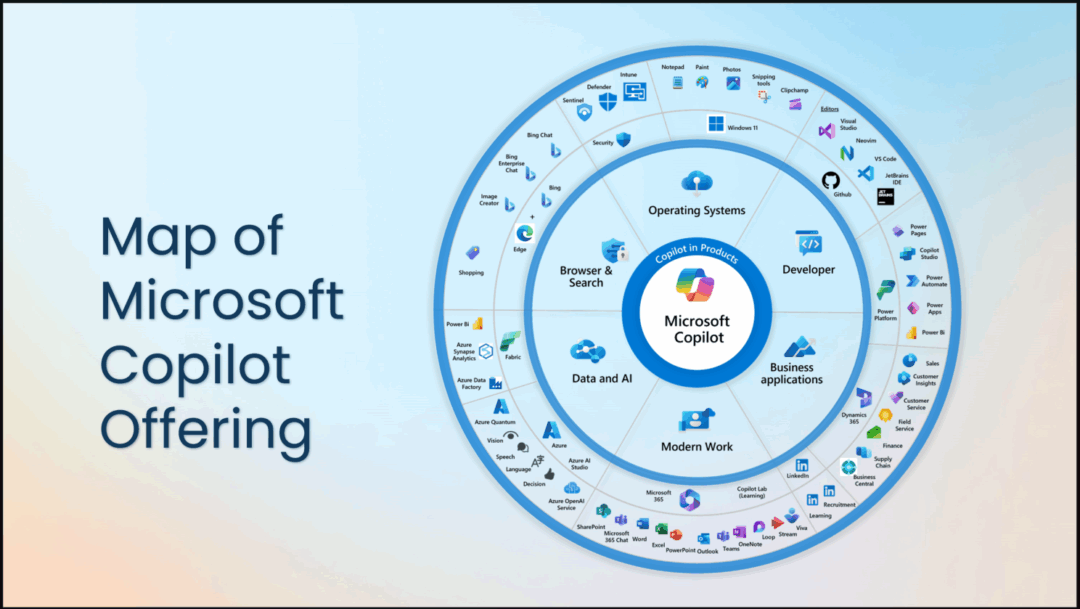
Each suite is deeply integrated but also bridge platforms and services together.
Microsoft Copilot is build up of Managed (Subscription) and Co-managed (Black box) services based on Azure Intelligence (see what we did there). It is not Microsoft's complete Ai offering but builds on top of it and is offered in flavours and within the complete Microsoft 365 ecosystem.
Not to be quoted but rumours have it that the total amount of Copilot integrations reach around 110 and are now steadily consolidating within each product and feature. To sum it up you will most likely find a Copilot logo in all your favourite apps and tools.
The "biggest and baddest" of them all is still Copilot for Microsoft 365 / M365 Copilot / Copilot 365. Closely followed by Security Copilot. In these two you find the most complex data discovery and orchestration.
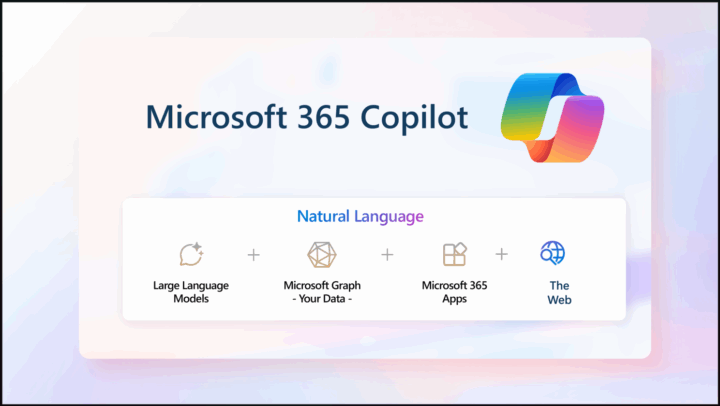
Early Januari 2025 Microsoft announced Copilot Chat, an alternative offering for Microsoft 365 Enterprise and Business(?) customers. Copilot Chat gives you access to the Copilot native app, Web grounding + general knowledge and the ability to upload documents to expand your grounding. But it also introduced agent capabilities and a unified Ui to interact with it all.
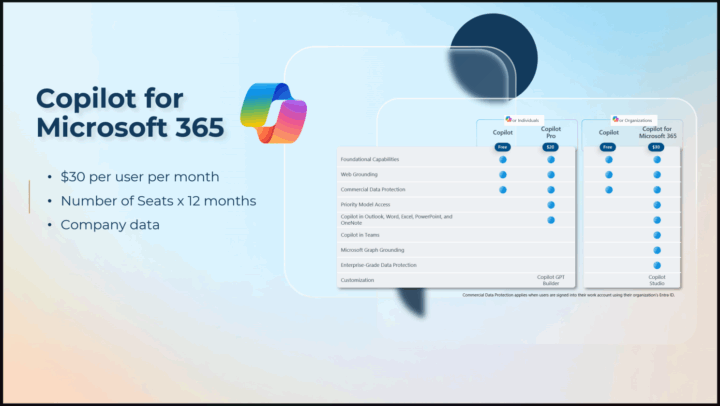
Microsoft 365 Copilot is utilizing a large language model to predict quality responses to your in-prompts. What makes it pop compared to any of the third party alternatives is its data integration and compliance governance. By default it uses a delegated read approach in Microsoft Graph to infuse your in-prompt with your relevant data, constructs a response and pass through Purview to properly purge any data breach or hallucination.
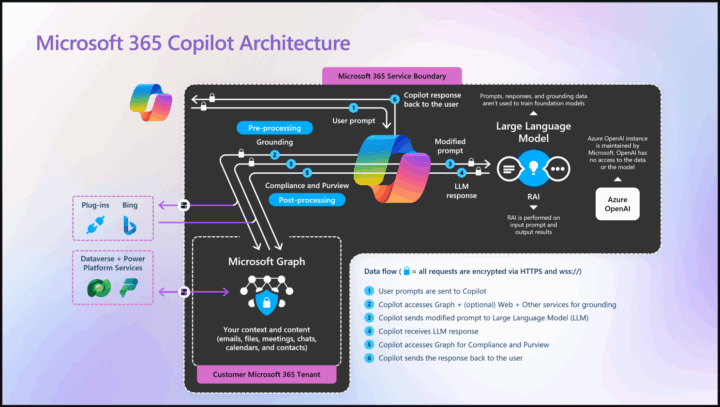
Commercially it is located behind a Per user, per month license subscription. Licensed users get access to the Work tab in both copilot.microsoft.com and in-side the Copilot native app.
Be sure to always source check pricing and agreements.
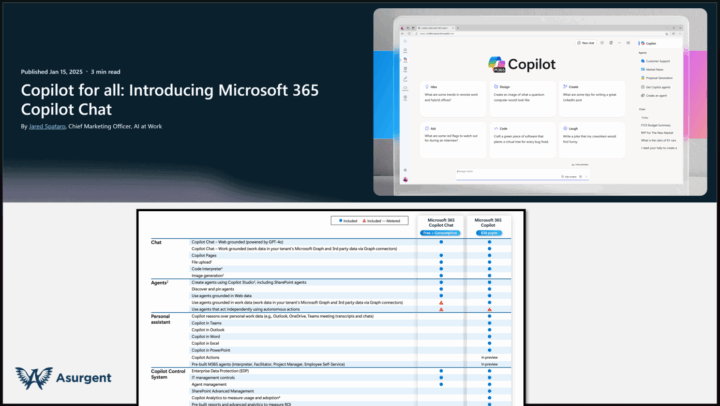
Microsoft's next move was in my mind genius and helped grasp a better understanding of where its Copilot evolution was going. Copilot is the UI for AI. By this time we had lived through a set of name changes in just 1-2 years. Power Virtual agent morphed into Copilot Studio an editor to create extensions and stand alone Copilots, Power automate flows with Ai surfaced as Plugins etc
But now Copilot Studio creates Agents and agents can use Actions (tools). Suddenly Copilot went from being this Godzilla service to a sleek and easy accessible UI to orchestrate your conversational Ai interaction and Ai agents.
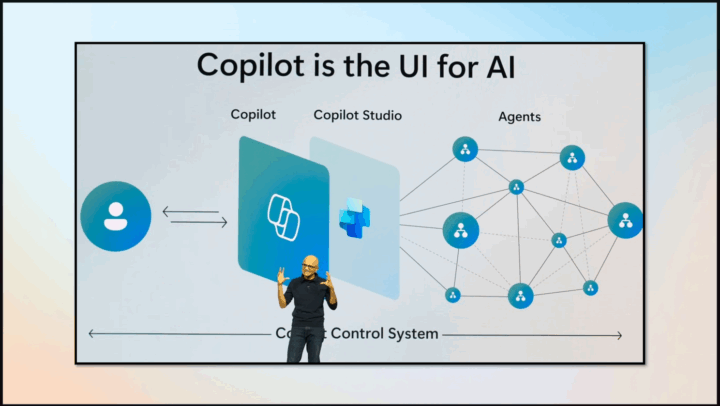
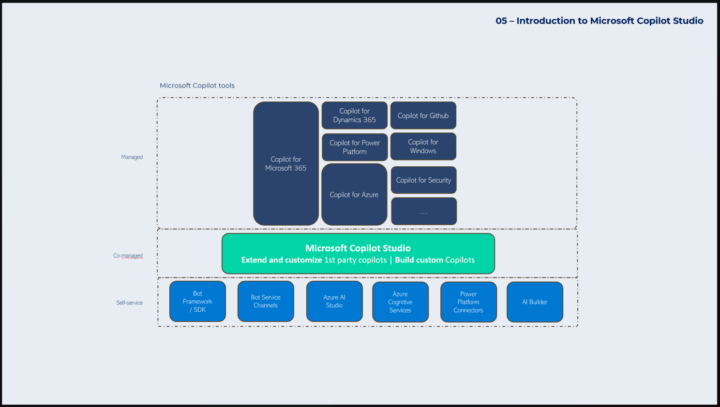
Agents, built in Copilot Studio is data och user scoped. Agents can only access data added to its Knowledge register and are only available to Users they are shared with.
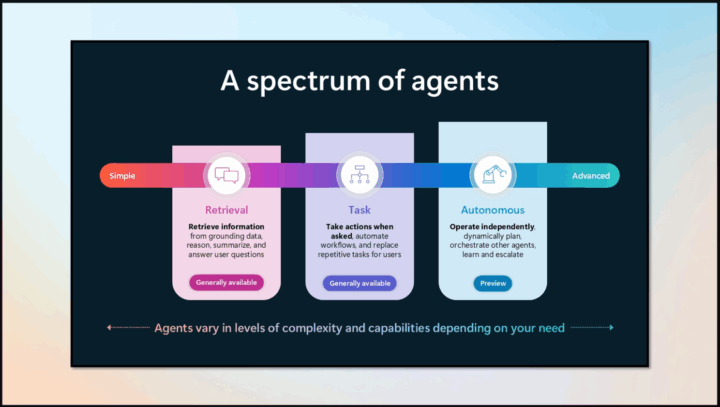
2025 is predicted to introduce the first quality autonomous Ai agent, not specifically within Microsoft's domain but a wide spread goal within the AI industry. Let us see who gets it right first.

Both Microsoft Copilot 365 and Copilot Studio connectors are heavily dependent of Semantic index for Microsoft 365. Data outside of Semantic index for Microsoft 365 can only utilize a Keyword search tend to miss and return an apology rather than an expected suggestion. Without opening the door for all the specialists that live and breath vectorization we can just agree on that most of the time we do not know exactly what we search for and can appreciate an index that utilize meaning-based matches and not simply keywords.
"Where can I buy a fast red car?"
Keyword - Will most likely return "I'm sorry but I can't find information about this subject"
Semantic or hybrid - Will most likely return "If you are interested in purchasing a Ferrari model 123 the nearest authorized dealer can be located in XYZ."
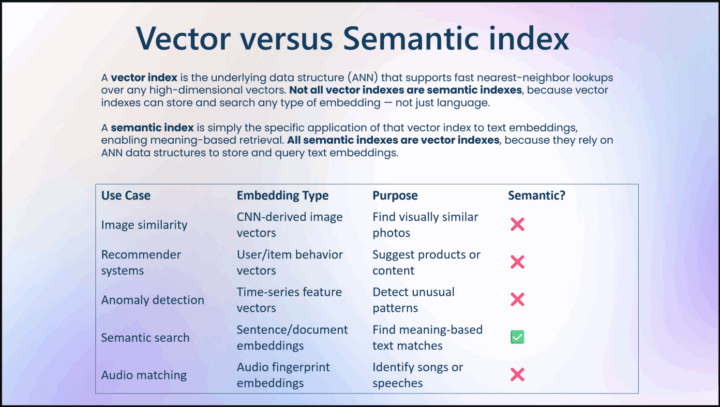
Microsoft 365 Copilot turn to Microsoft Graph to locate and provide data injection into the orchestration meaning that the data it works with comes from Semantic index. Copilot Studio supports a range of data sources and not all utilize vector technology/indexes.
The specification is updated all the time and SharePoint sites recently got added to the Green list. This resulted in significant better response results. If you haven't had the time to test it or missed it, go to Settings - Generative Ai and enable Enhanced search.
Dataverse and its Tables still lack support and will then require a glue-instance of Ai builder or a set of synonyms to help it out. Here I would recommend to simply Wait for Microsoft to do the Sharepoint-improvement-magic. Otherwise we are left with Tables of structured data that are more or less useless in Conversational Ai. A shame!
Having access to huge set of data rarely improves response quality either as the context get to large. Often it also means that over-sharing is in play, a concept that is widely growing and spreading. We share to much and we set permissions to loosely, resulting in both data leak and insider information breach.
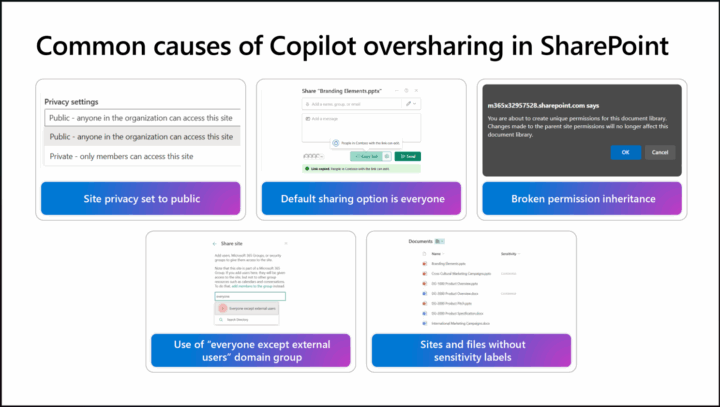
Over-sharing is a pain that limits many from implementing or investing in Microsoft 365 Copilot as it once again utilize Delegated.Read discovery. This require a level of Information protection and governance, mainly gained from Information security framework and protective technical tools. In Microsoft sphere this is mitigated by onboarding Microsoft Purview. If your organization is already licensed for Enterprise E5 tier you have access to the latest and greats in Information Protection and Governance, but the implementation steps can be a mouth full.
But if you want to fully benefit from Microsoft's AI investment and Copilot offering, this is your next set of Actions.
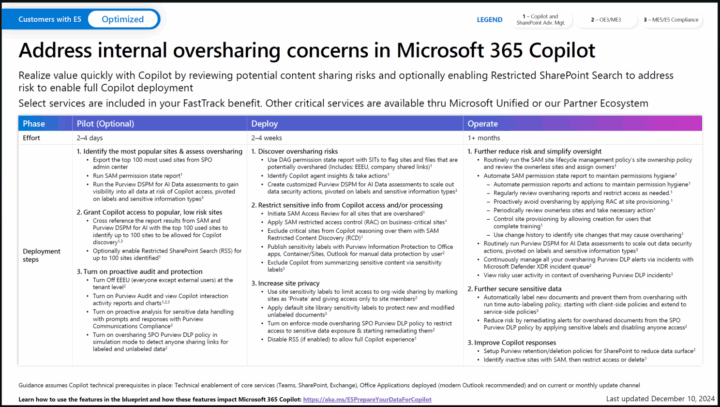
So finally, what is the recommendation forward to get started with Conversational and generative Ai.
Thank you for your time